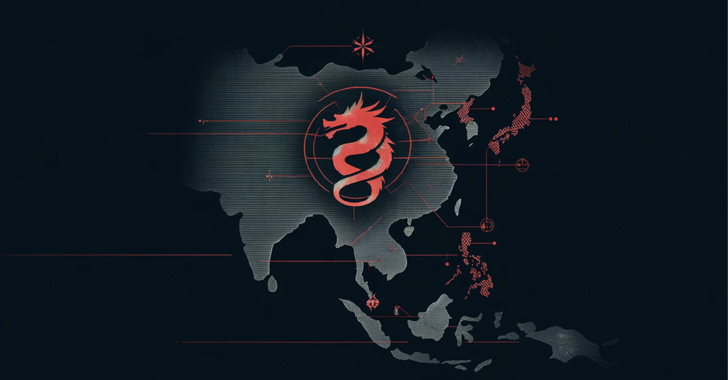
Microsoft announced today that it will start deprecating VBScript in the second half of 2024 by making it an on-demand feature until it’s completely removed. Features on Demand (FODs) are optional Windows features (e.g., .NET Framework (.NetFx3), Hyper-V, Windows Subsystem for Linux) that aren’t installed by default but can be added if needed. “Technology has…
Read MoreThe Microsoft Azure CTO revealed that just by changing 1% of the data set — for example, using a backdoor — an attacker could cause a model to misclassify items or produce malware. Some of these data poisoning efforts are easily demonstrated, such as the effect of adding just a small amount of digital noise…
Read MoreThe Intercontinental Exchange (ICE) will pay a $10 million penalty to settle charges brought by the U.S. Securities and Exchange Commission (SEC) after failing to ensure its subsidiaries promptly reported an April 2021 VPN security breach. ICE is an American company listed on the Fortune 500 that owns and operates financial exchanges and clearing houses…
Read MoreSecurity researchers are warning that China-linked state-backed hackers are increasingly relying on a vast proxy server network created from virtual private servers and compromised online devices for cyberespionage operations. Called operational relay box (ORBs) networks, these proxy meshes are administered by independent cybercriminals that provide access to multiple state-sponsored actors (APTs). ORBs are similar to…
Read MoreIntroduction Last month’s Sensor Intel Series for March 2024 uncovered the explosion in traffic hunting for systems affected by CVE-2023-1389. The flaw which related to TP-Link Archer AX21 Wi-Fi routers has quickly become the new darling of threat actors looking to build out their DDoS botnets. No new signatures have been introduced this month. Instead,…
Read More‘This is materially different than the Dell model we had in the past. Previously we had a ‘meet in the channel’ model where Nutanix software and Dell hardware were brought together by a partner. This is different in the sense that Dell has now introduced a model that heretofore has only been reserved for [VMware]…
Read MoreLastPass announced it will start encrypting URLs stored in user vaults for enhanced privacy and protection against data breaches and unauthorized access. The vendor of the popular password manager also notes that this new security feature is a significant step towards reinforcing its commitment to implementing zero-knowledge architecture in the product, so it’s not just to protect…
Read MoreMicrosoft’s announcement of the new AI-powered Windows 11 Recall feature has sparked a lot of concern, with many thinking that it has created massive privacy risks and a new attack vector that threat actors can exploit to steal data. Revealed during a Monday AI event, the feature is designed to help “recall” information you have…
Read More‘I still remember distinctly the first time Win32 was discussed … .Net, Azure. These are moments that I’ve marked my life with. And it just feels like we’re, yet again, at a moment like that,’ Microsoft CEO Satya Nadella said in his keynote at Build 2024. Microsoft Chairman and CEO Satya Nadella declared “a golden…
Read MoreCybersecurity researchers have disclosed details of a previously undocumented threat group called Unfading Sea Haze that’s believed to have been active since 2018. The intrusion singled out high-level organizations in South China Sea countries, particularly military and government targets, Bitdefender said in a report shared with The Hacker News. “The investigation revealed a troubling trend…
Read MoreRecent Posts
- NSO Group used another WhatsApp zero-day after being sued, court docs say
- Ingram Micro’s Sahoo: ‘Don’t React To AI.’ Act On AI’
- Botnet exploits GeoVision zero-day to install Mirai malware
- FTC reports 50% drop in unwanted call complaints since 2021
- Bitfinex hacker gets 5 years in prison for 120,000 bitcoin heist














